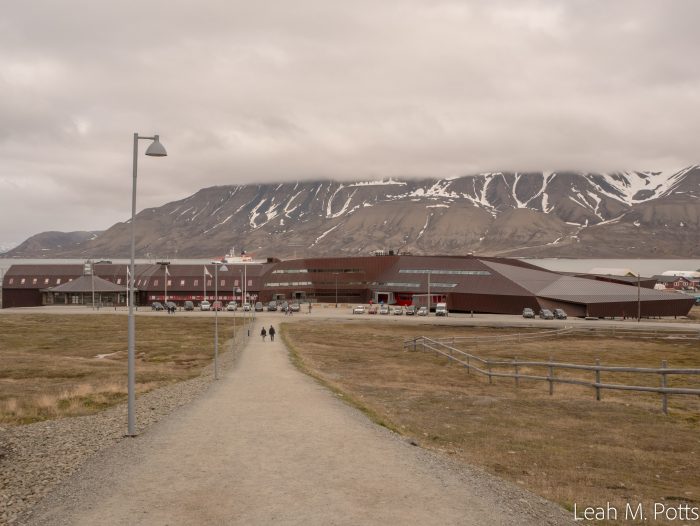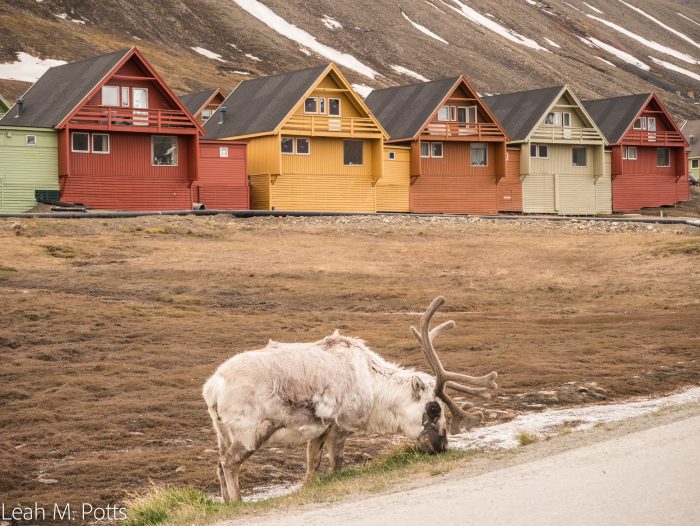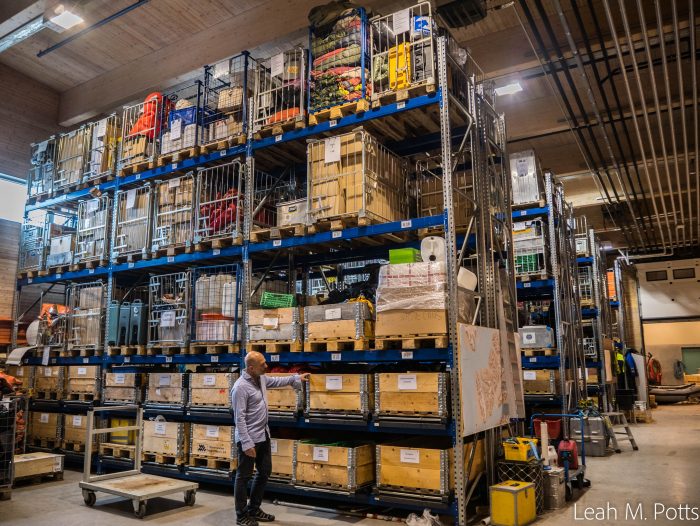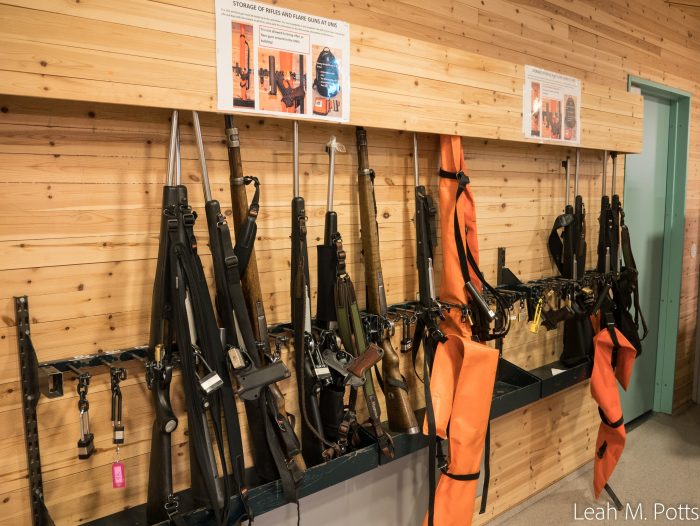An institution centered around sustainability and safety, The University Centre in Svalbard (UNIS) is an innovative place where students and scientists alike come for polar education and research. During my stay in Longyearbyen, Norway, I was lucky enough to receive a tour of UNIS facilities from Arctic Biology Department Head Professor Børge Damsgård.


UNIS was established in 1993 and offers all levels of courses at no tuition cost to approximately 700 students. The student body is an incredibly diverse and motivated group, made up of about about half Norwegian and half international students. Students come from all over the world to receive an arctic education, and depending on the time of the year, they could be faced with extreme temperatures, constant sunlight, or endless darkness. On top of these conditions, some students arrive having never seen snow or mountains before.

Depending on the type of research or course they will be participating in, students and researchers are required to take part in safety training, which can last anywhere from several days to several weeks. The Arctic is an unforgiving environment, and danger is very real outside of Longyearbyen’s boundaries. Therefore, training includes things such as polar bear rifle practice, what to do if a snowmobile breaks the ice, and how to set up an emergency camp for 8 people in less than 20 minutes. At the end of training, a scenario-based test is administered.

Every single field work expedition must abide by extensive safety protocol at UNIS. UNIS is very conscious of the effects of human field work on the arctic environment, and researchers must fill out initial paperwork that investigates these potential effects. Once approved, appropriate gear is checked out and each individual must sign out in the front office. Each person is equipped with a GPS beacon and a technician is always on call to monitor team whereabouts and to handle any unexpected events. In the event of an emergency, UNIS is equipped with a situation room for coordination of rescue efforts, while the governor’s office performs the actual rescue.

UNIS is equipped with special lab facilities for conducting research in cold, water, and ice. Scientists come from all over to research everything polar – including animals, copepods, plants, behavioral ecology, the effects of arctic environment on structures, geology, space, the aurora borealis and more. Climate change is evident here, as many aim to study the sea ice but it is increasingly hard to find, even in the dead of winter. Just 15 years ago Isfjorden outside Longyearbyen used to have winter ice, but now there is none.
It was eye-opening to see the diversity of the research and studies taking place in the Arctic. There is so much more to the brown, white, and blue landscape than meets the eye! Special thanks to Professor Damsgård for such an informative tour, and to OWUSS and Rolex for enabling my scholarship year.